
Dishwasher leaks are usually caused by issues with the spray arms, door gasket, water inlet valve, pumps, hoses, and seals. The easiest components to check are the spray arms and door gasket, which can easily be checked by opening the dishwasher door. The other dishwasher components that could be causing the leak will likely require the removal of the dishwasher’s kickplate and moving the dishwasher to access the components underneath. If your dishwasher is leaking, you will no doubt want to fix it as soon as possible, so let’s get to it.
1. Warped or clogged spray arms
Most dishwashers have at least one bottom spray arm, while others may have a middle or top spray arm as well. The holes on the spray arms make sure that the dishwasher sprays water at your dishes so they can be washed properly. However, as the spray arms are usually plastic, the spray arm holes can become warped and spray water in the wrong direction.
If water is directed at the dishwasher door or side panels, it can cause a dishwasher leak. If your dishwasher has metal spray arms, the seams can separate and also cause water to spray in the wrong direction. Clogged spray arms can also cause a dishwasher leak.
We have put checking the spray arms at number one because it is the easiest component to check. You simply need to open the dishwasher door, remove the dish racks, and then check the spray arms for damage or a blockage. If you discover that a spray arm is damaged, a replacement part can be purchased and with most dishwashers, easily installed.
If the spray arm holes are clogged, you should be able to unclog them with a piece of wire. A toothpick could also be used; however, be aware that it may break and get stuck inside the spray arm. If a spray arm is clogged with mineral deposits, soaking the spray arm in vinegar should dissolve the deposit and unclog the hole.
2. Worn or damaged door gasket
Another component that is easy to check is the dishwasher door gasket (door seal). If the gasket is damaged, perhaps cracked or worn, water can leak from the dishwasher. A gasket leak usually results in water being found on the floor in front of the dishwasher, as opposed to a leak from underneath the unit.
Some dishwashers may also feature a separate seal at the bottom-front of the dishwasher that could also be damaged and cause a leak. Furthermore, some dishwashers have rubber baffles in the bottom corners of the dishwasher tub. Like the door gasket, the baffles can deteriorate over time and cause a dishwasher leak.
Check your dishwasher door gasket and baffles for damage. If the gasket or baffles are damaged, a replacement can be purchased for a relatively low cost and installed without too much hassle.
3. Drain hose is leaking or not installed correctly
The dishwasher’s drain hose usually runs from the dishwasher, under the sink to connect with the sink drain pipe. If you do not have an air gap, the drain hose should be installed with a high loop so that wastewater does not return to the dishwasher. Most dishwasher drain hoses should be installed with a high loop 18-20 inches above the floor. However, check your local building code and manufacturer specifications as these can vary.
If you find a leak in the dishwasher drain hose, for safety and longevity, it is best to replace the hose rather than trying to patch the leak.
4. Defective water inlet valve
The water inlet valve controls the water coming into the dishwasher. The valve opens and closes at various times throughout the dishwasher cycle allowing water to fill the dishwasher when the valve is open. Over time the water inlet valve can wear or become clogged with mineral deposits and become stuck in the open position. The valve can also malfunction and provide too much water, which results in a dishwasher leak.
The water inlet valve is typically found behind the dishwasher’s kickplate (bottom-front access panel). The kickplate can usually be removed by removing its screws or by releasing it from the clips that secure it. Before removing the kickplate, make sure to turn off the power and water to the dishwasher.
Once you have located the water inlet valve, inspect it for damage. The water inlet valve can also be removed from the dishwasher and tested for continuity. If the valve does not have continuity, it has failed and will need to be replaced.
5. Defective pump
Depending on the type of dishwasher, there may be one or two pumps for water circulation and draining. If a pump is defective, it could cause the dishwasher to leak water.
The dishwasher pump(s) is located underneath the dishwasher tub. With most dishwashers, the dishwasher will need to be put on its back to access the pump underneath the dishwasher. Make sure the power and water to the dishwasher are turned off before moving and accessing the pump(s).
If a pump impeller has broken, the impeller will need to be replaced. An electrical fault can be diagnosed with a multimeter continuity test. If the pump fails the continuity test, it has failed and needs to be replaced.
6. Damaged internal hoses
The dishwasher’s fill, drain, or circulation hoses can wear or become damaged if a hose rubs against another dishwasher component. If a hose is damaged, it can cause the dishwasher to leak and will need to be replaced to fix the issue.
Like checking the pump, the dishwasher will most likely need to be put on its back to check the hoses underneath the dishwasher. Make sure the power and water are turned off before moving and accessing the dishwasher’s internal hoses.
7. Defective seals
The dishwasher usually contains several seals, such as a pump or motor seal, to stop water from leaking from the dishwasher. Over time, a seal can wear and cause a dishwasher leak. In most cases, the dishwasher will need to be put on its back to check the seals on the components underneath the dishwasher tub. However, there may also be seals you can check for damage inside the dishwasher tub. If a seal is damaged, it should be replaced to fix the leaking issue.
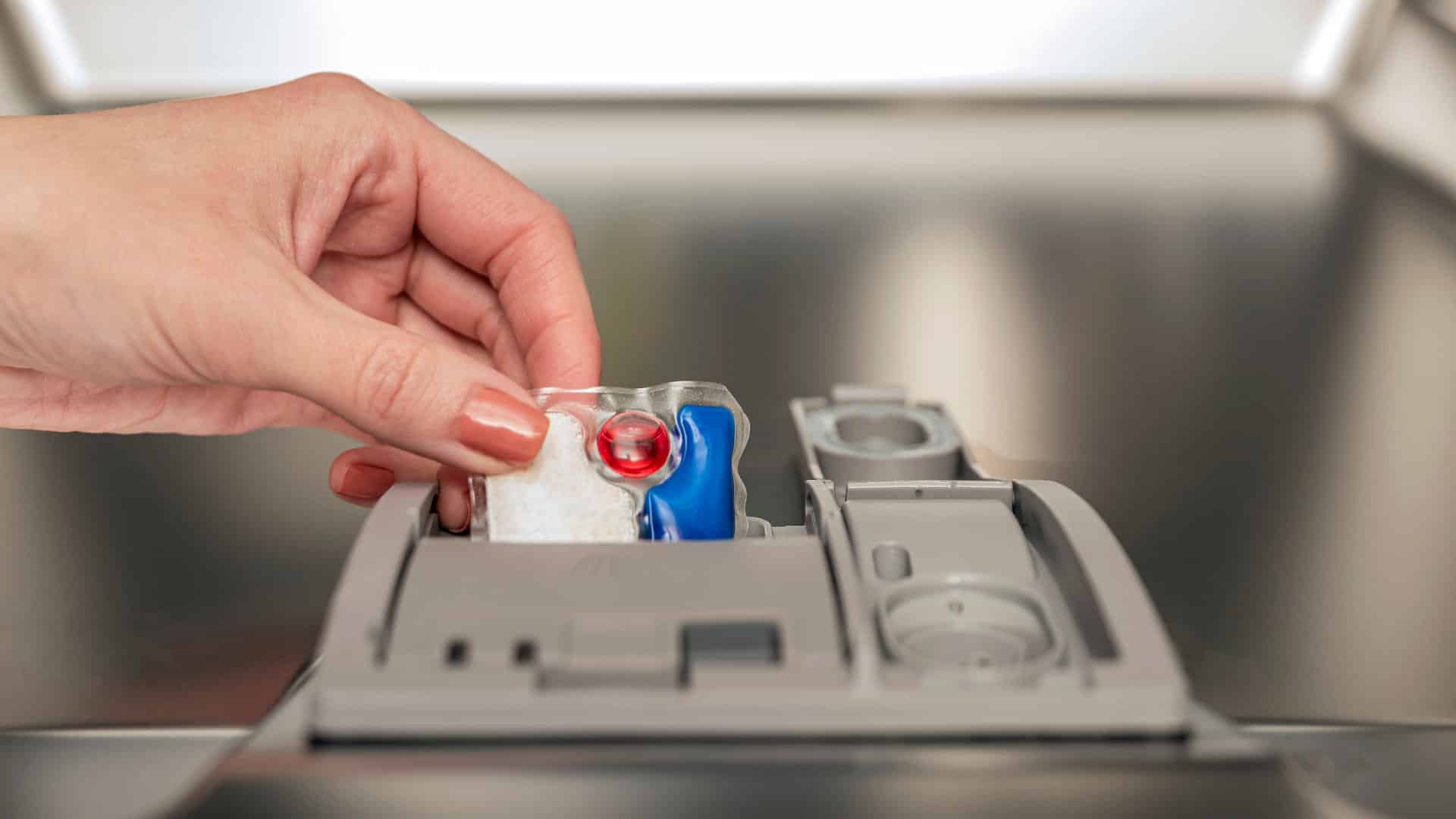
How to Clear E24 Error on Bosch Dishwasher

Samsung Dryer Not Heating Properly? (5 Fixes)
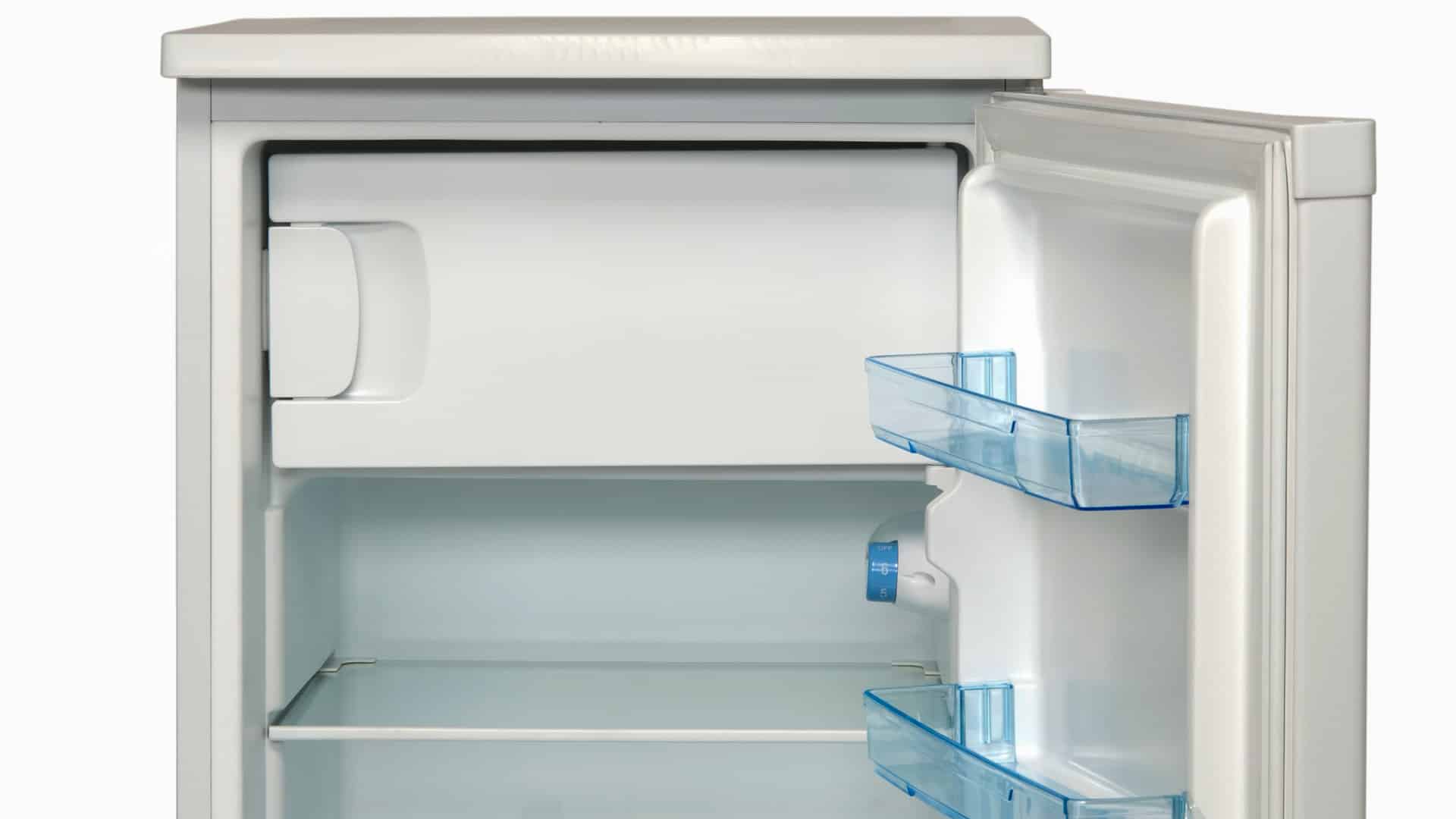
Why Is Your Mini Fridge Not Cooling? (5 Potential Reasons)
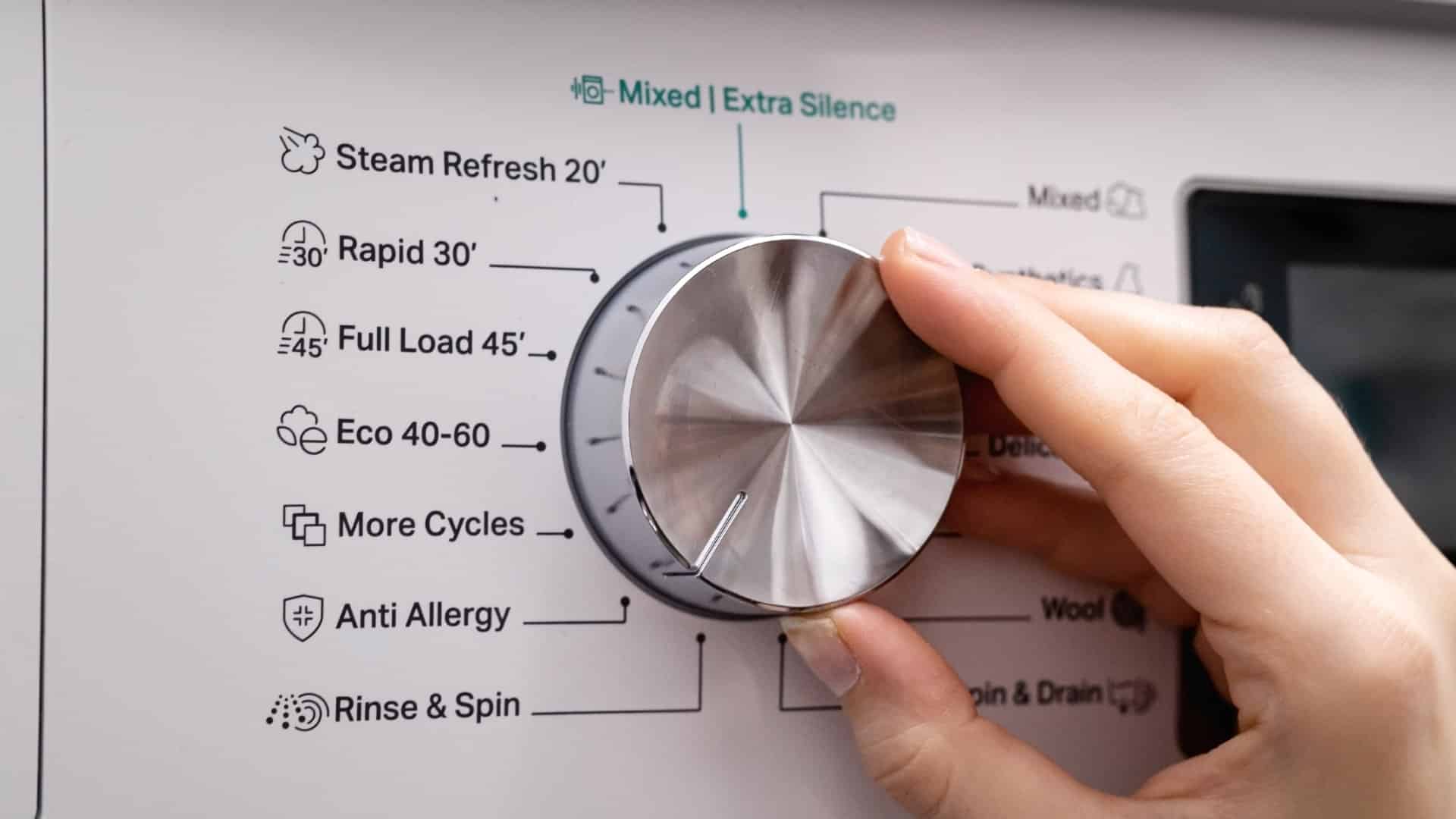
How to Fix Samsung Washer Error Code 4C
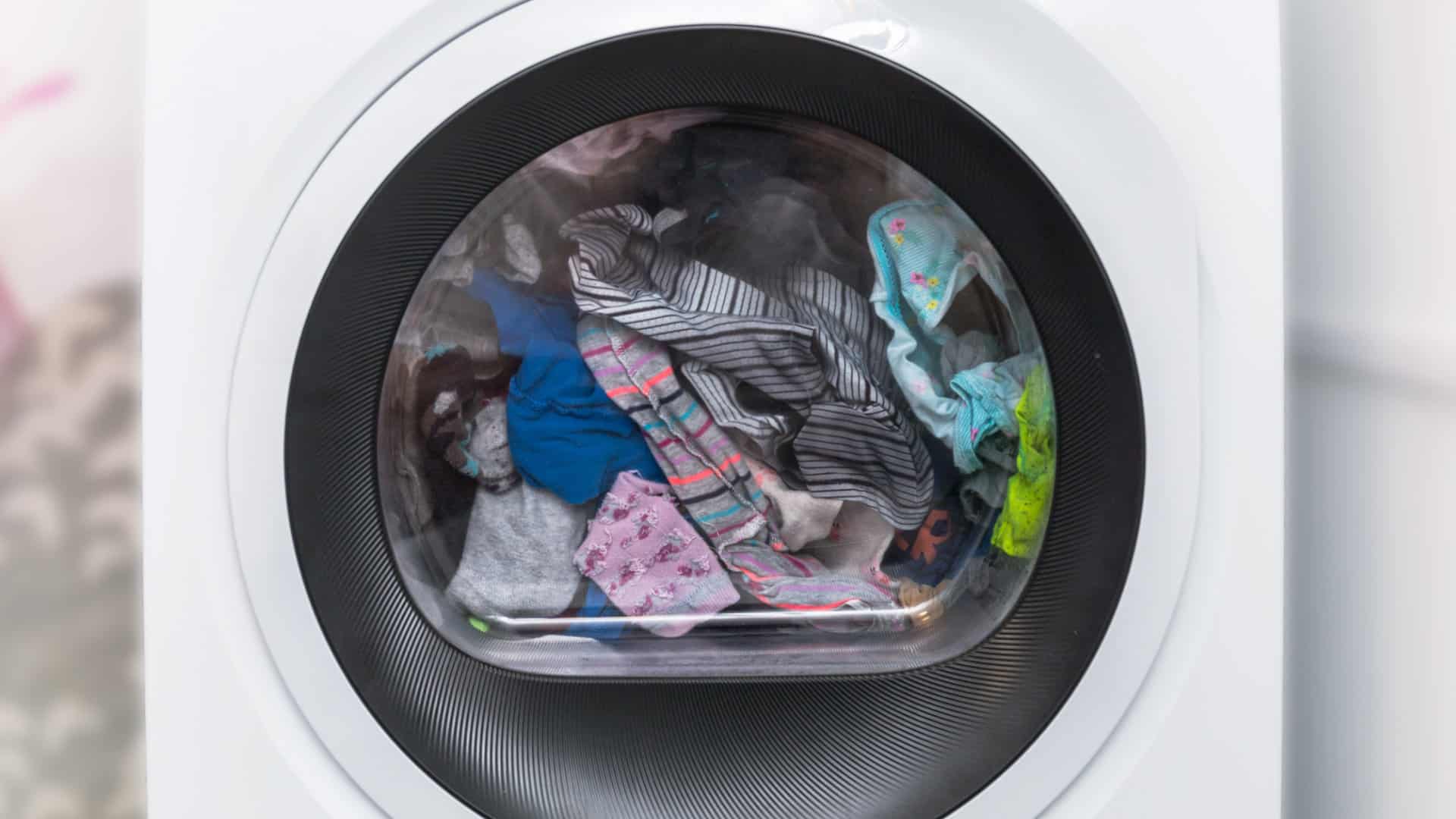
How to Resolve UE Error Code on your LG Washer
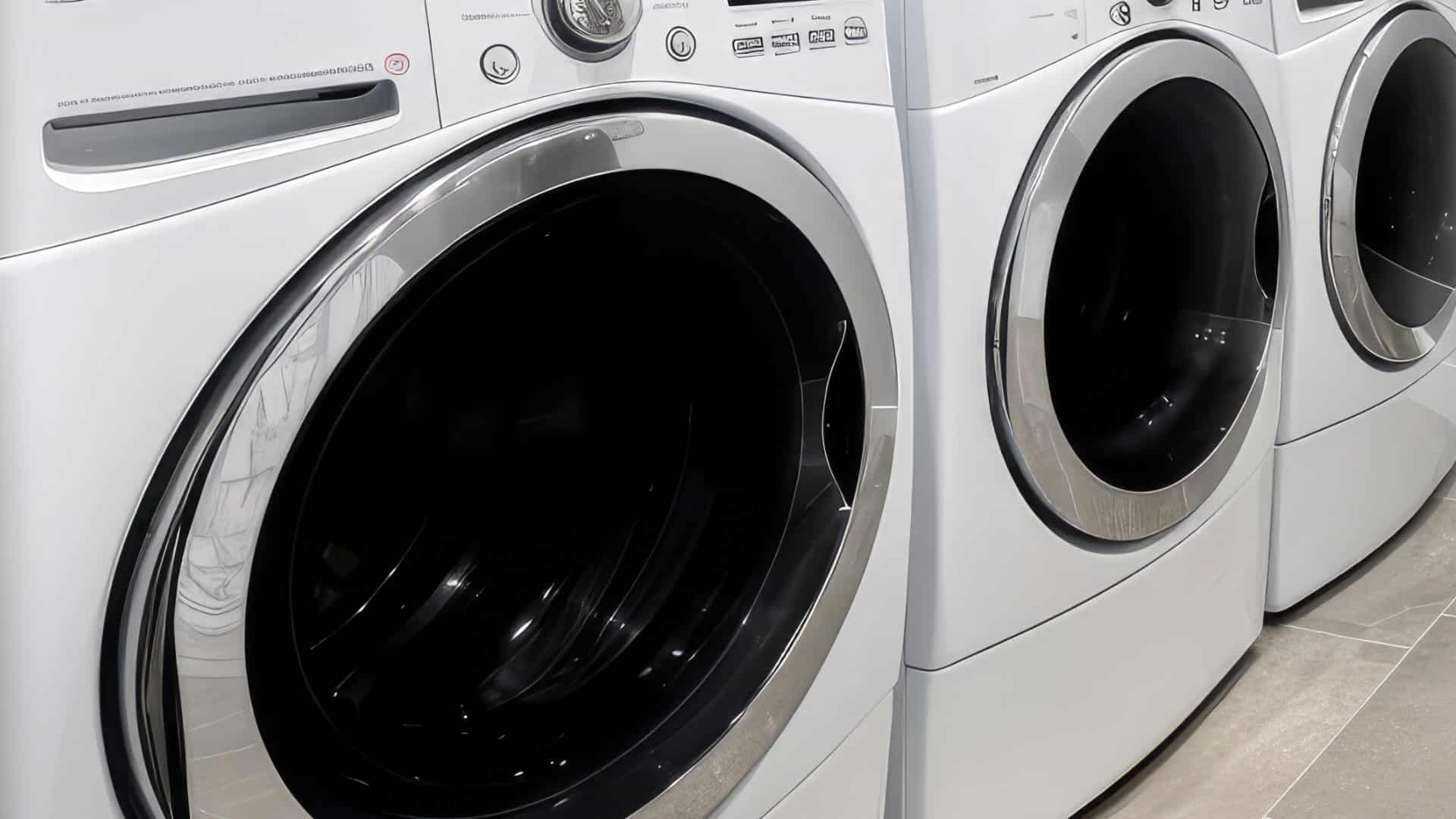
LG Washing Machine Error Codes: How to Fix Them
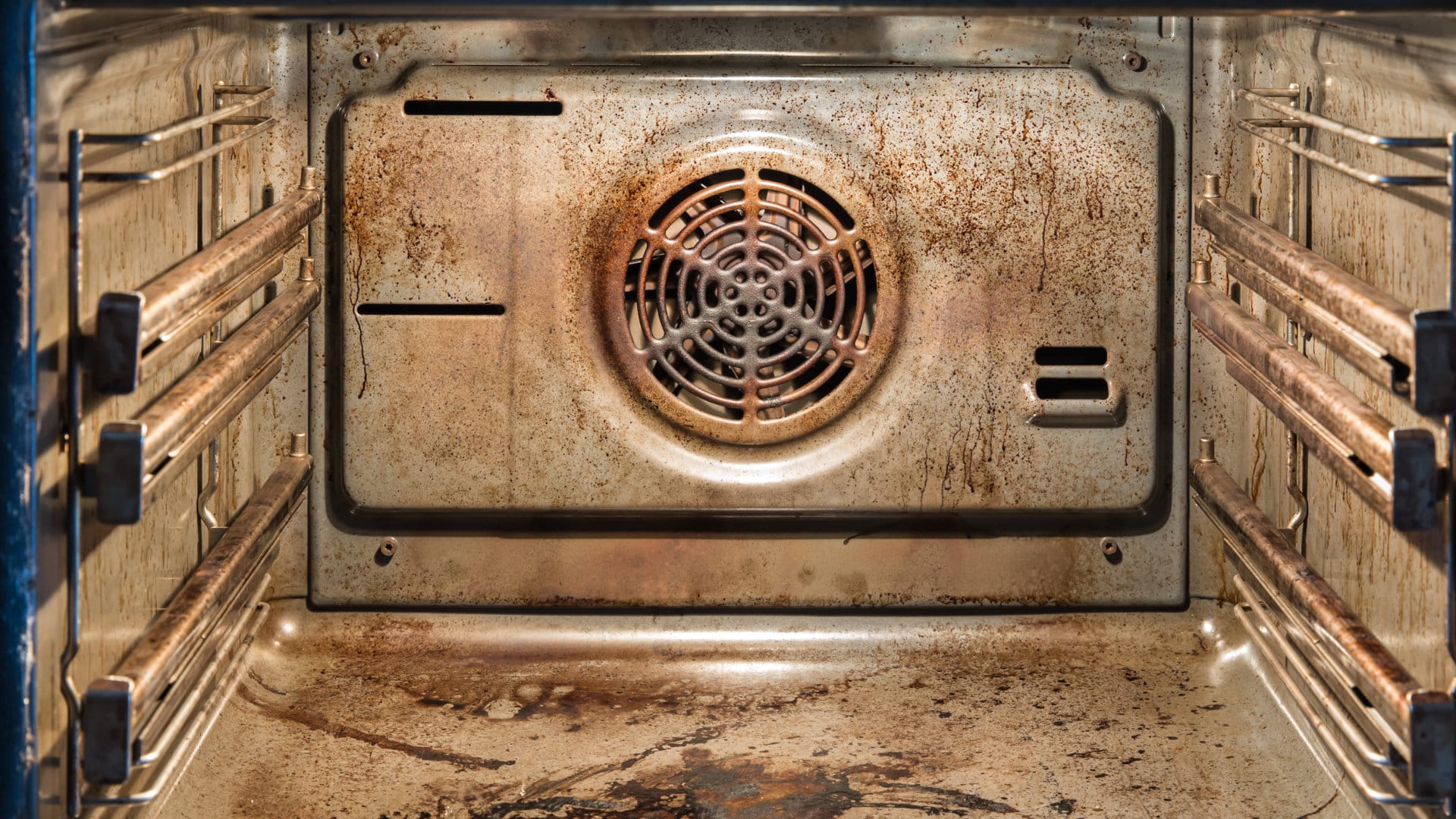
How to Unlock LG Oven Door (After Self-Cleaning)
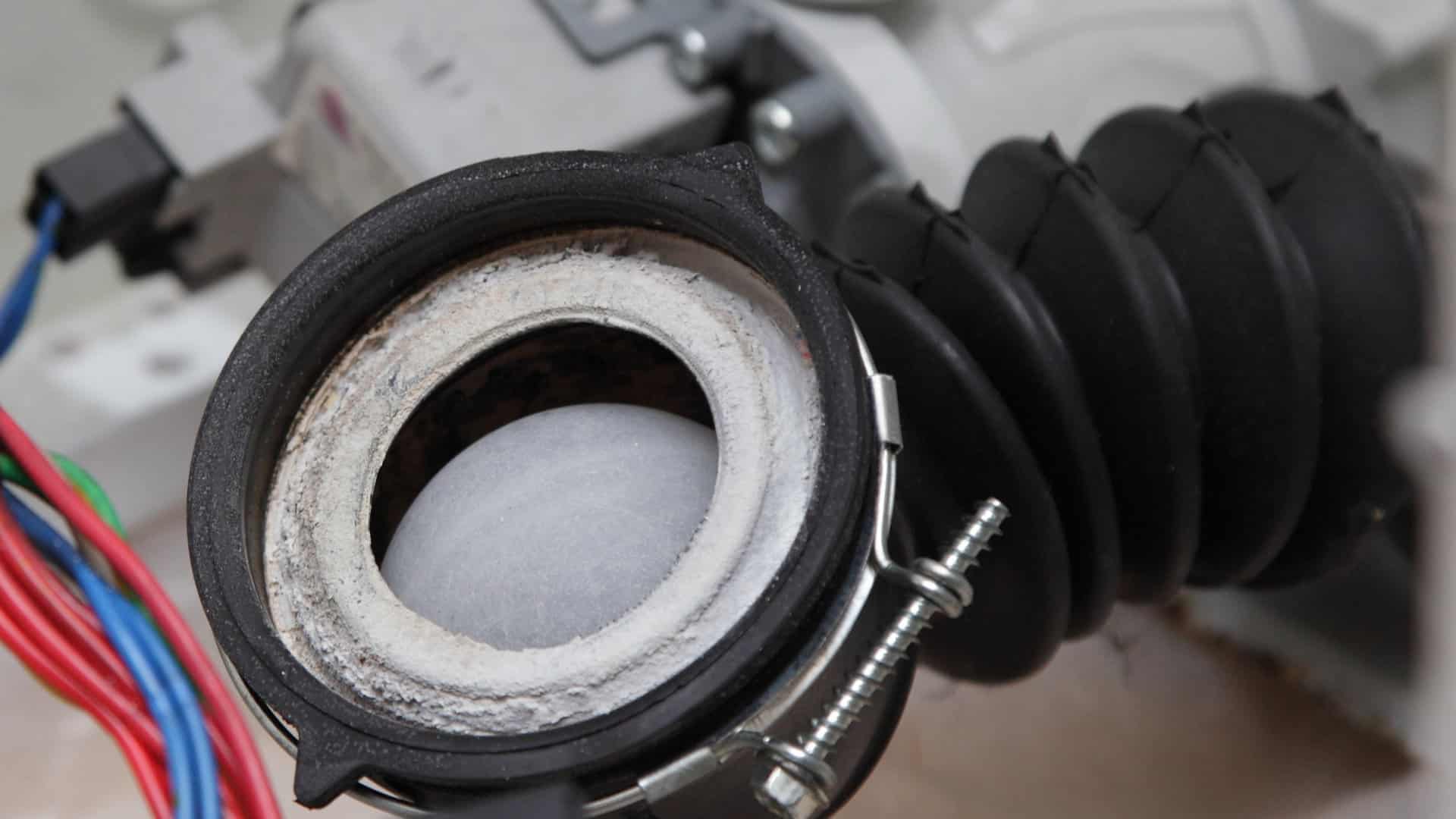
How to Fix LG Washer DE Error Code

Why Your Microwave Is Not Working
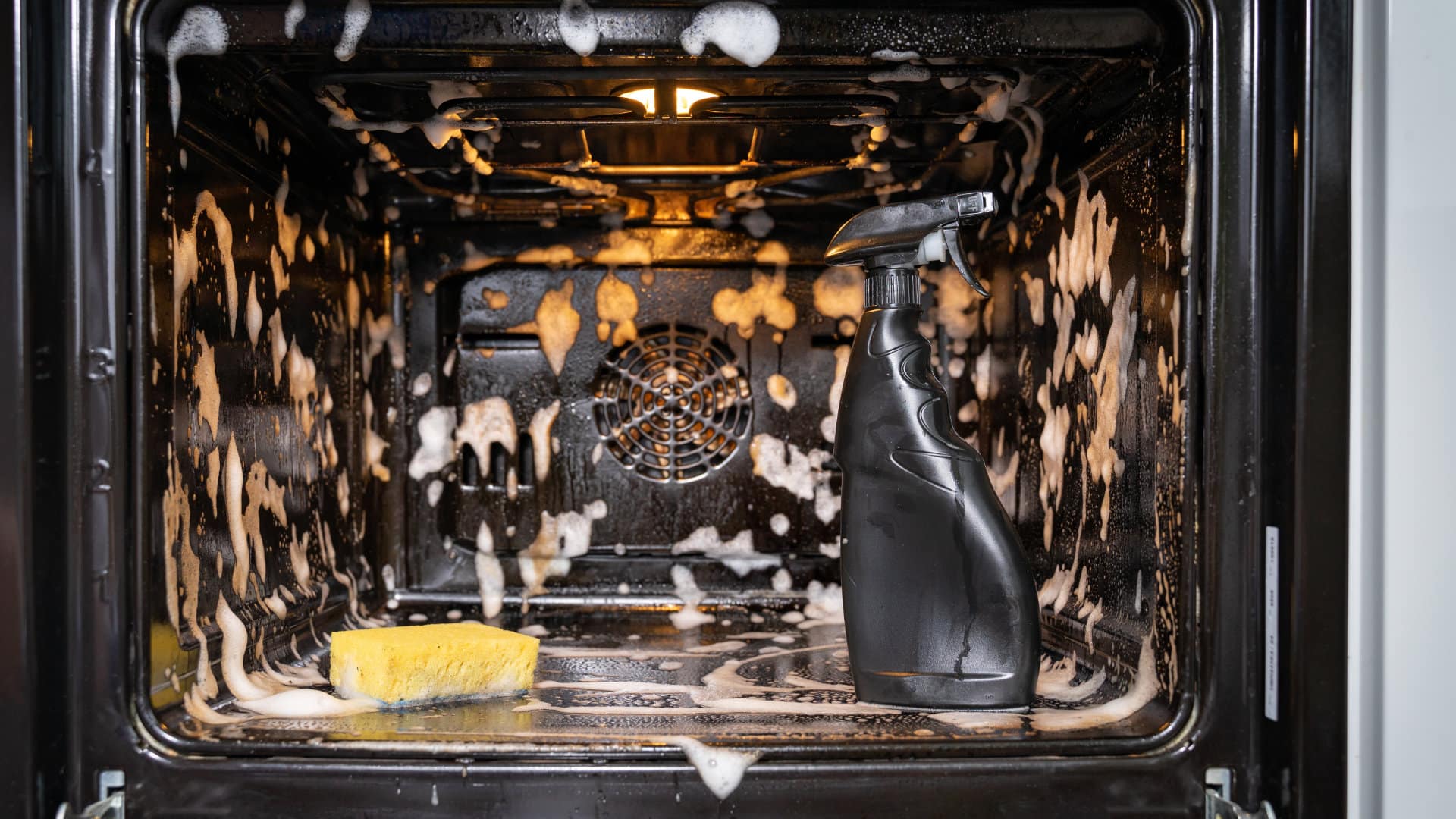
The Quick Guide To Using a GE Self-Cleaning Oven

How to Clean Your Dishwasher with Vinegar

How to Fix a Noisy Refrigerator
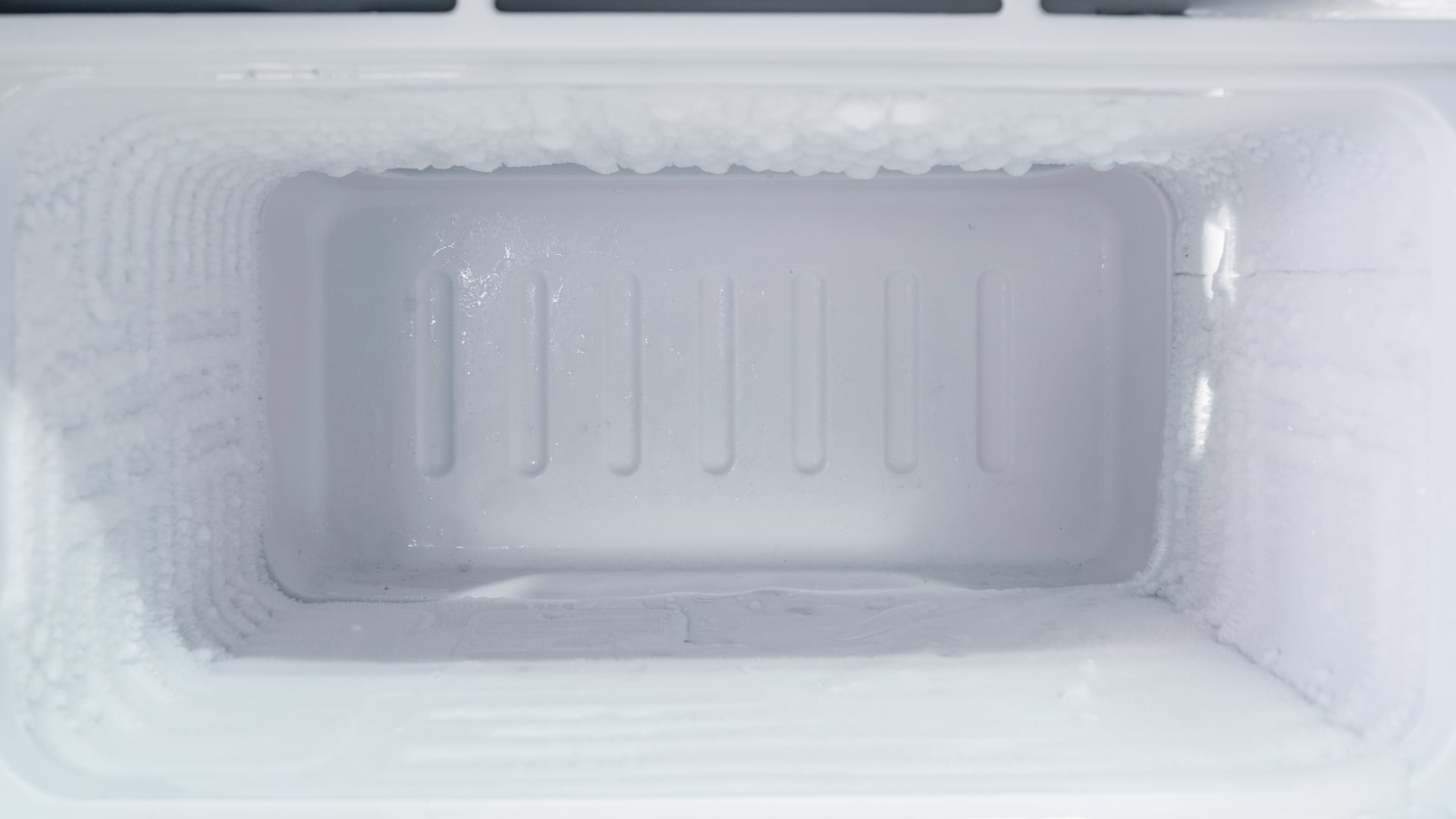
How to Remove Frost Build-up from the Freezer

5 Ways To Clean Your Microwave Naturally


